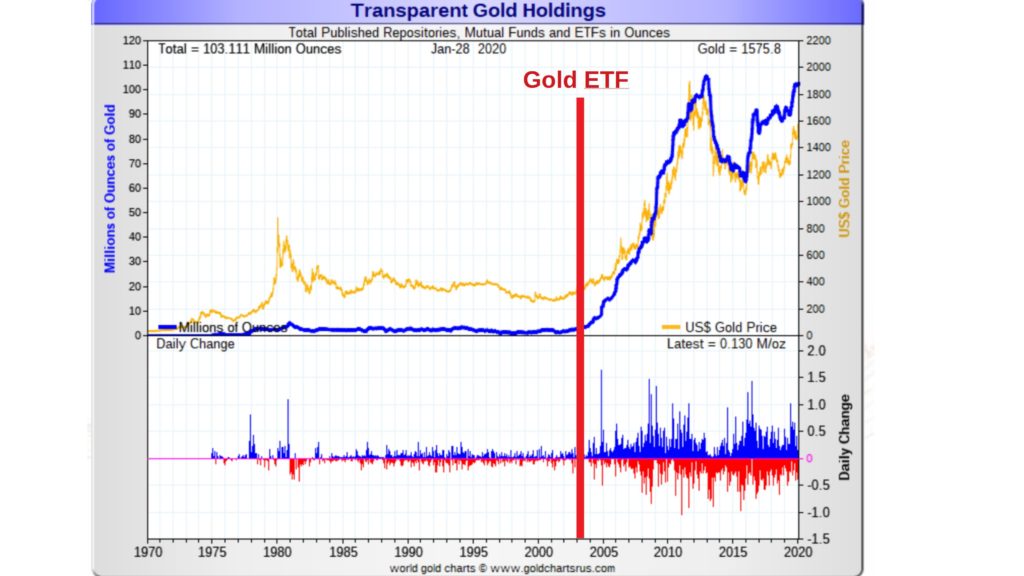Introduction
In the ever-evolving world of investing, gold has long held a place of significance as a safe haven asset. With its inherent value and ability to preserve capital during market downturns, gold continues to attract investors seeking diversification and risk management. In line with this trend, gold exchange-traded funds (ETFs) have gained popularity, offering investors a convenient and accessible way to participate in the gold market. However, for those looking to harness the potential of gold ETFs beyond traditional buying and holding strategies, the realm of ETF options trading opens up a new realm of possibilities.

Image: zycrypto.com
Understanding Gold ETF Options
Gold ETF options essentially provide investors with the right, but not the obligation, to buy (call option) or sell (put option) a specific quantity of gold ETFs at a set price, known as the strike price, on or before a predetermined date, known as the expiration date. By utilizing options, traders can potentially enhance their returns, hedge against risk, or take directional bets on the future price of gold ETFs.
Types of Gold ETF Options
The two primary types of gold ETF options are call options and put options. A call option grants the buyer the right to buy a specified number of gold ETF shares at the strike price on or before the expiration date. Put options, on the other hand, give the buyer the right to sell a specified number of gold ETF shares at the strike price on or before the expiration date.
Benefits of Gold ETF Options Trading
Enhanced Returns: Options trading offers the potential to generate higher returns compared to traditional gold ETF investing. With proper strategy and timing, traders can profit from short-term price movements in the underlying gold ETF.
Hedging Risk: Options can be employed as a hedging tool to protect the downside risk of existing gold ETF positions. By purchasing protective puts, investors can limit their potential losses in the event of an adverse price movement.
Income Generation: Selling options premiums can provide an income stream for traders. By selling uncovered or covered calls, traders earn premiums while retaining or hedging their underlying gold ETF holdings.
Directional Betting: Options provide a means for traders to take directional bets on the future price direction of gold ETFs. By buying a call option, traders are wagering that the price will rise above the strike price, while buying a put option implies an expectation of a downward price movement.
Considerations for Gold ETF Options Trading
Leverage and Risk: Options trading involves leverage, which can amplify both profits and losses. Traders must carefully manage their risk exposure by understanding the potential for significant gains and losses.
Time Decay: The value of options decays over time, as the expiration date approaches. This time decay can impact profitability, especially for options that are held for extended periods.
Transaction Costs: Trading options incurs fees and commissions, which can affect overall returns. Traders should consider these costs when evaluating their potential profitability.
Conclusion
Gold ETF options trading offers investors an array of opportunities and strategies to enhance their gold market participation. By understanding the basics of options, traders can harness the potential of gold ETFs to meet their investment objectives. However, it is crucial to remember that options trading carries inherent risks that require careful management. For those seeking to delve deeper into gold ETF options trading, thorough research and a sound understanding of option mechanics are essential.

Image: groww.in
Gold Etf Options Trading

Image: newgoldstock.wordpress.com







